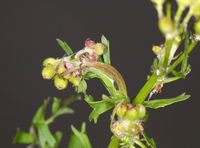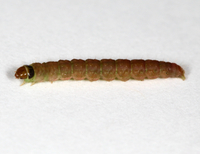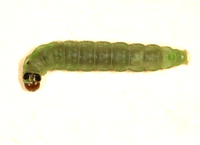
| Recorded by: Marilyn Westphal on 2026-01-10
Henderson Co.
Comment: | 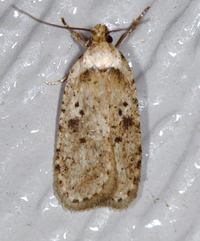
| Recorded by: Jim Petranka on 2026-01-10
Madison Co.
Comment: |
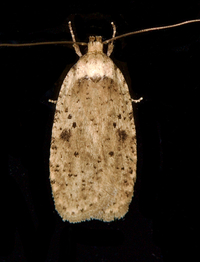
| Recorded by: Jim Petranka on 2026-01-08
Madison Co.
Comment: | 
| Recorded by: Jim Petranka on 2026-01-07
Madison Co.
Comment: |
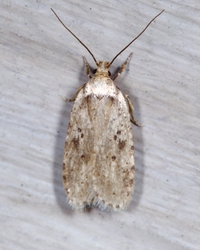
| Recorded by: Jim Petranka on 2026-01-06
Madison Co.
Comment: | 
| Recorded by: Marilyn Westphal on 2025-11-21
Henderson Co.
Comment: |
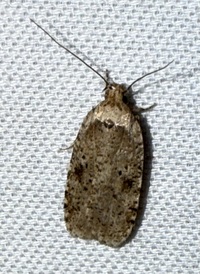
| Recorded by: Marilyn Westphal on 2025-11-07
Henderson Co.
Comment: | 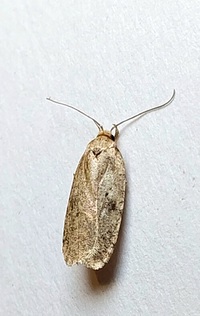
| Recorded by: Mark Basinger and Jim Petranka on 2025-10-16
Madison Co.
Comment: |
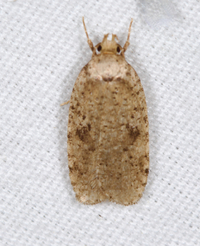
| Recorded by: Jim Petranka on 2025-09-30
Madison Co.
Comment: | 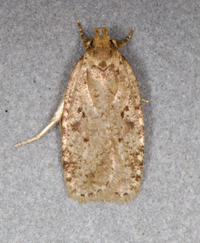
| Recorded by: Jim Petranka on 2025-09-18
Madison Co.
Comment: |

| Recorded by: Jim Petranka on 2025-03-11
Madison Co.
Comment: | 
| Recorded by: Emily Stanley on 2025-02-08
Buncombe Co.
Comment: |
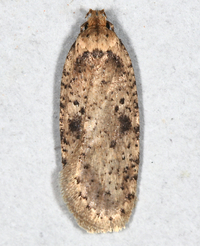
| Recorded by: Jim Petranka on 2025-01-29
Madison Co.
Comment: | 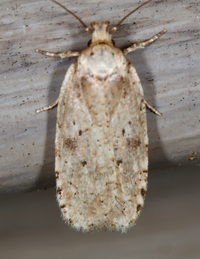
| Recorded by: Jim Petranka on 2024-10-24
Madison Co.
Comment: |
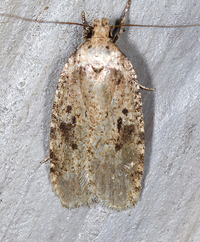
| Recorded by: Jim Petranka on 2024-10-05
Madison Co.
Comment: | 
| Recorded by: Jim Petranka on 2024-09-24
Madison Co.
Comment: |
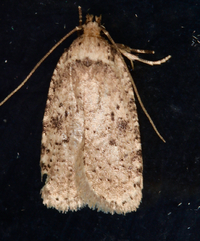
| Recorded by: Jim Petranka on 2024-09-17
Madison Co.
Comment: | 
| Recorded by: Jim Petranka on 2024-09-11
Madison Co.
Comment: |
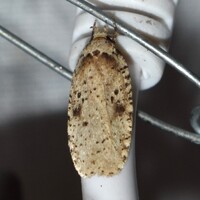
| Recorded by: David George, Jeff Niznik on 2024-08-07
Transylvania Co.
Comment: | 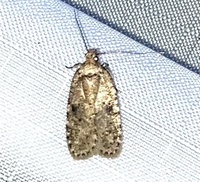
| Recorded by: Ken Kneidel on 2024-06-25
Watauga Co.
Comment: |
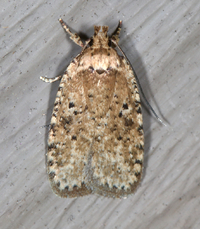
| Recorded by: Jim Petranka on 2024-06-01
Madison Co.
Comment: | 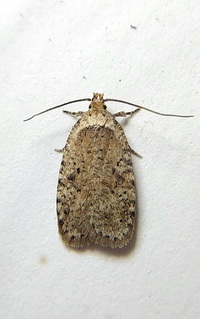
| Recorded by: Mark Basinger on 2024-05-15
Buncombe Co.
Comment: |

| Recorded by: Jeff Niznik on 2024-05-13
Madison Co.
Comment: | 
| Recorded by: Jeff Niznik on 2024-05-13
Madison Co.
Comment: |
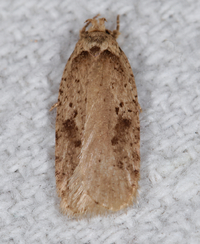
| Recorded by: Jim Petranka on 2024-02-26
Madison Co.
Comment: | 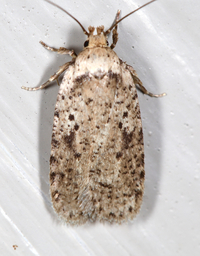
| Recorded by: Jim Petranka on 2024-02-22
Madison Co.
Comment: |

| Recorded by: Jim Petranka on 2024-02-15
Madison Co.
Comment: | 
| Recorded by: Emily Stanley on 2024-01-26
Buncombe Co.
Comment: |
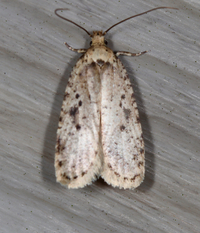
| Recorded by: Jim Petranka on 2024-01-24
Madison Co.
Comment: | 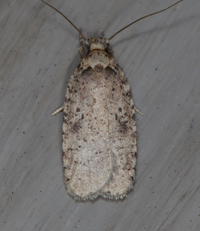
| Recorded by: Jim Petranka on 2023-09-24
Madison Co.
Comment: |
|

 »
»